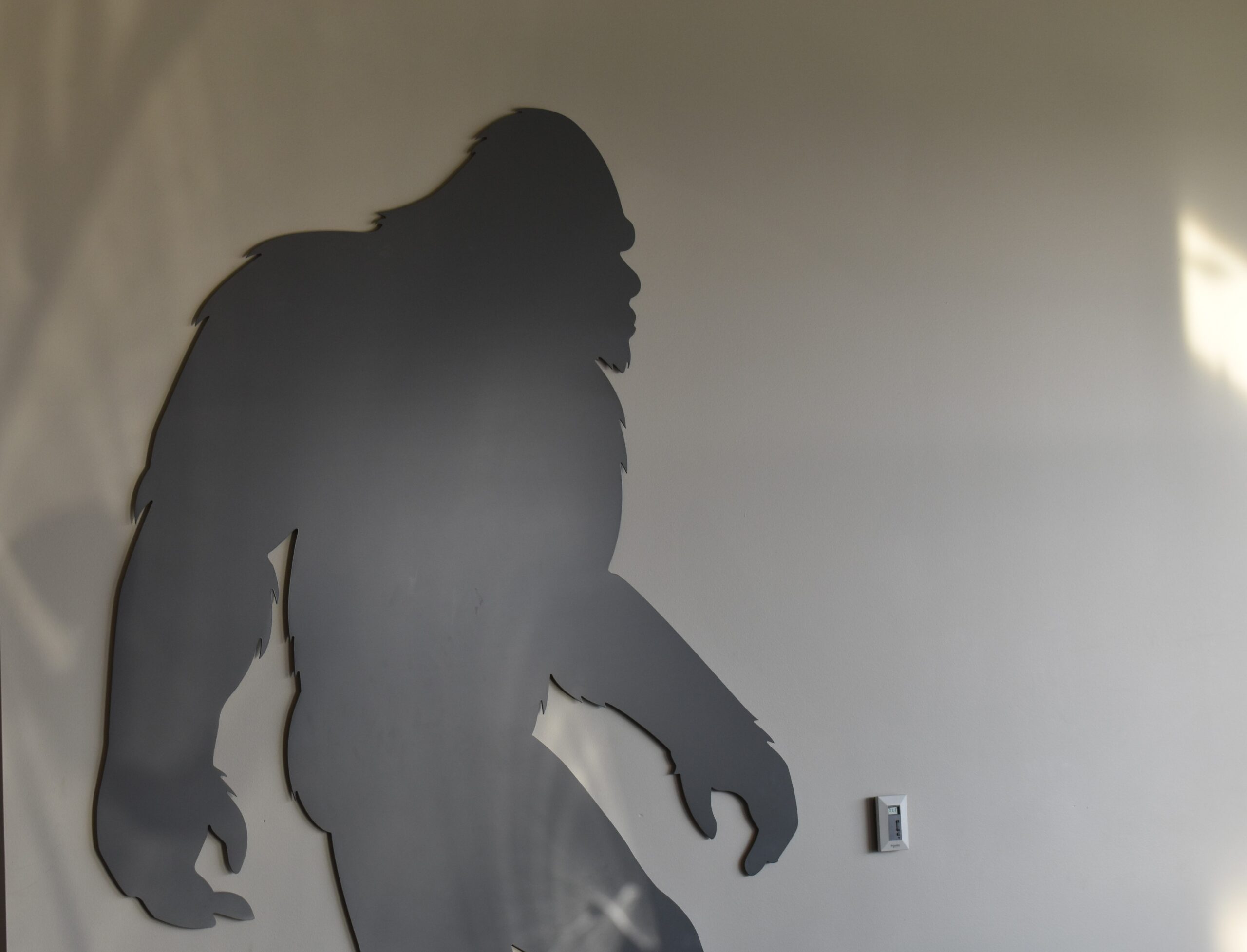The body is a machine: like your car, the better the fuel, the smoother it runs. We know that cooking for ourselves is the healthiest – and often cheapest – option, but does the college student of today have the time?
“I often convince myself I don’t have time to do any cooking,” SFCC student Ben Snover said, “Between work and school and social life, I just neglect it. Food on-the-go is always my choice; usually cup noodles.”
It doesn’t have to be that way, however. For Dino Sarma-Weierman, chef and manager at Sacred Chow in downtown Manhattan and author of the book Alternative Vegan, cooking isn’t just something he does at work, but at home for himself and his family.
“It’s a question of knowing what I want to make before I walk into the kitchen, and then pulling stuff from my shelves as I cook.” said Sarma-Weierman “I find that if I’m faffing [messing] about with getting all the things arranged in front of me, I’ll take too long to get the food done.” This only works when it’s not a mystery of what to cook or how to cook it. Sarma-Weierman continues, “In other words, all my organization and preparation happens in my brain, by knowing exactly what I want to make, what I’m going to put in there, and knowing where in my tiny kitchen all those things are.”
If, on the other hand, it’s a new recipe or an unfamiliar technique, he takes another tack: “In those cases, I read the instructions first, then I’ll read the ingredients list, and pull out every single item I’ll need and set it in front of me. I’ll get out all my measuring stuff, and lay that down too.” This is commonly known in professional kitchens as mise-en-place; a French phrase that translates as “everything in place” – everything set up.
“Then, one after another, I’ll measure out the ingredients, and start using them up. As I finish measuring something out, it goes back in its place…It prevents me from wondering whether or not I actually added the baking soda,” Sarma-Weierman concludes.

